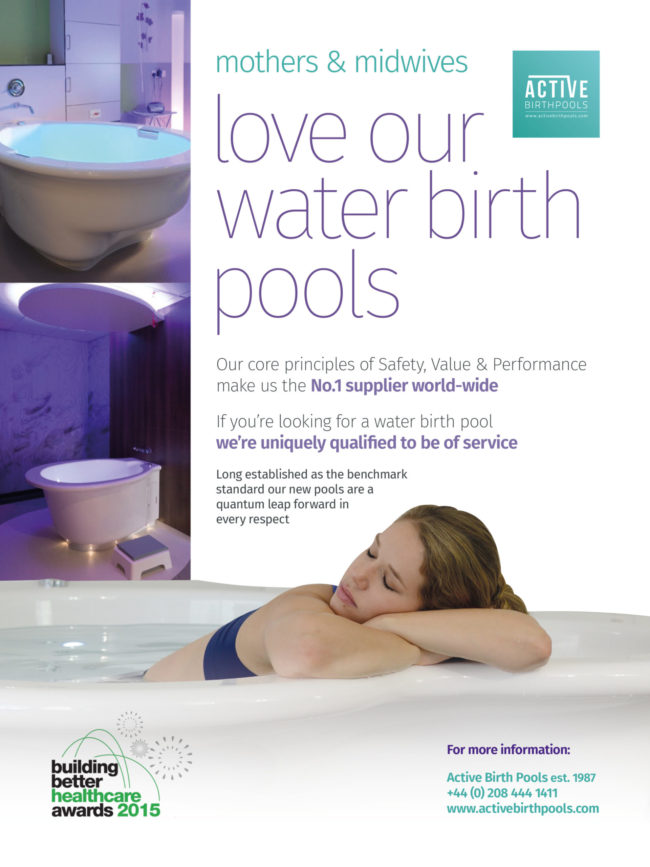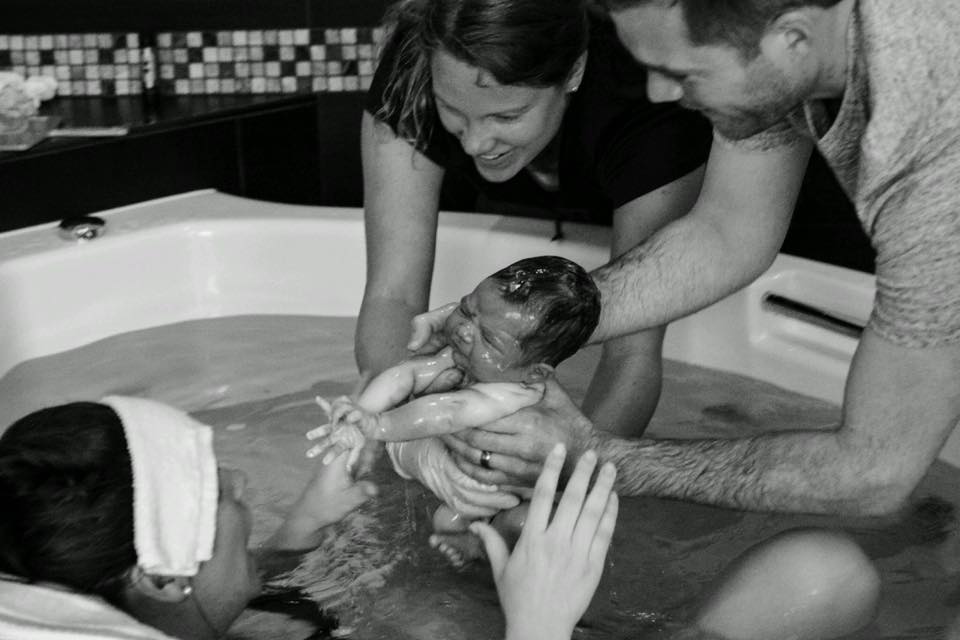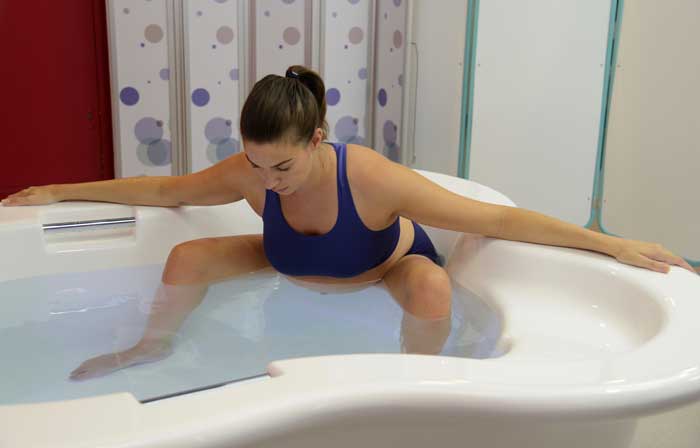Ethel E. Burns, RM, MSc, Mary G. Boulton, PhD, Elizabeth Cluett, RM, PhD,
Victoria R. Cornelius, PhD, and Lesley A. Smith, PhD 2012
Background: Birthing pools are integrated into maternity care in the United
Kingdom and are a popular care option for women in midwifery-led units and at home.
The objective of this study was to describe and compare maternal characteristics, intrapartum events, interventions, and maternal and neonatal outcomes by planned place of birth for women who used a birthing pool.
Methods:
A total of 8,924 women at low risk of childbirth complications were recruited from care settings in England, Scotland, and Northern Ireland.
Descriptive analysis was performed. Results: Overall, 7,915 (88.9%) women had a
spontaneous birth (5,192, 58.3% water births), of whom 4,953 (55.5%) were nulliparas.
Fewer nulliparas whose planned place of birth was the community (freestanding midwifery unit or home) had labor augmentation by artificial membrane rupture (149, 11.3% [95% CI:9.6–13.1]), compared with an alongside midwifery unit (271, 22.7% [95% CI: 20.3–25.2]), or obstetric unit (639, 26.3% [95% CI: 24.5–28.1]). Results were similar for epidural analgesia and episiotomy.
More community nulliparas had spontaneous birth (1,172, 88.9% [95% CI: 87.1–90.6]), compared with birth in an alongside midwifery unit (942, 79% [95% CI: 76.6–81.3]) and obstetric unit (1,923, 79.2% [95% CI: 77.5–80.8]); and fewer required hospital transfer (265, 20% [95% CI: 17–22.2]) compared with those in an alongside midwifery unit (370, 31% [95% CI: 28.3–33.7]).
Results for multiparas and newborns were similar across care settings. Twenty babies had an umbilical cord snap, 18 (90%) of which occurred during water birth. Conclusions: Birthing pool use was associated with a high frequency of spontaneous birth, particularly among nulliparas.
Findings revealed differences in midwifery practice between obstetric units, alongside midwifery units, and the community, which may affect outcomes, particularly for nulliparas.
No evidence was found for a difference across care settings in interventions or outcomes in multiparas or in outcomes for newborns.
During water birth, it is important to prevent undue traction on the cord as the baby is guided to the surface. (BIRTH 39:3 September 2012)
The article contains useful studies of water births in the UK by the NHS.
Please click here to read the full article










